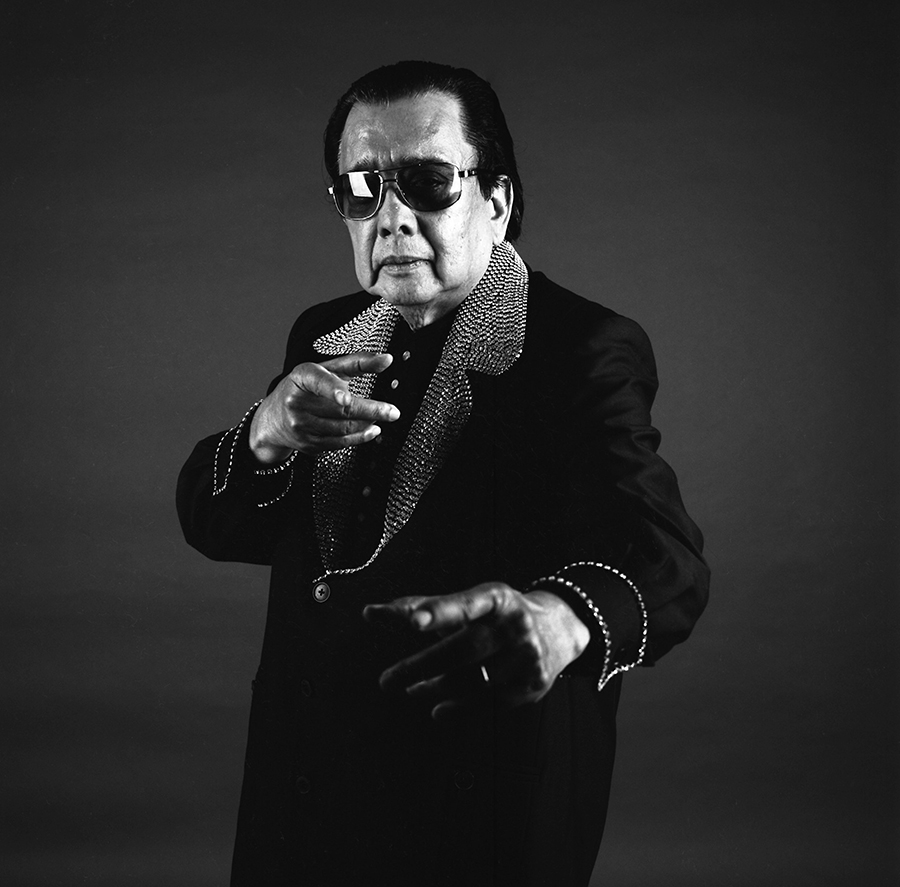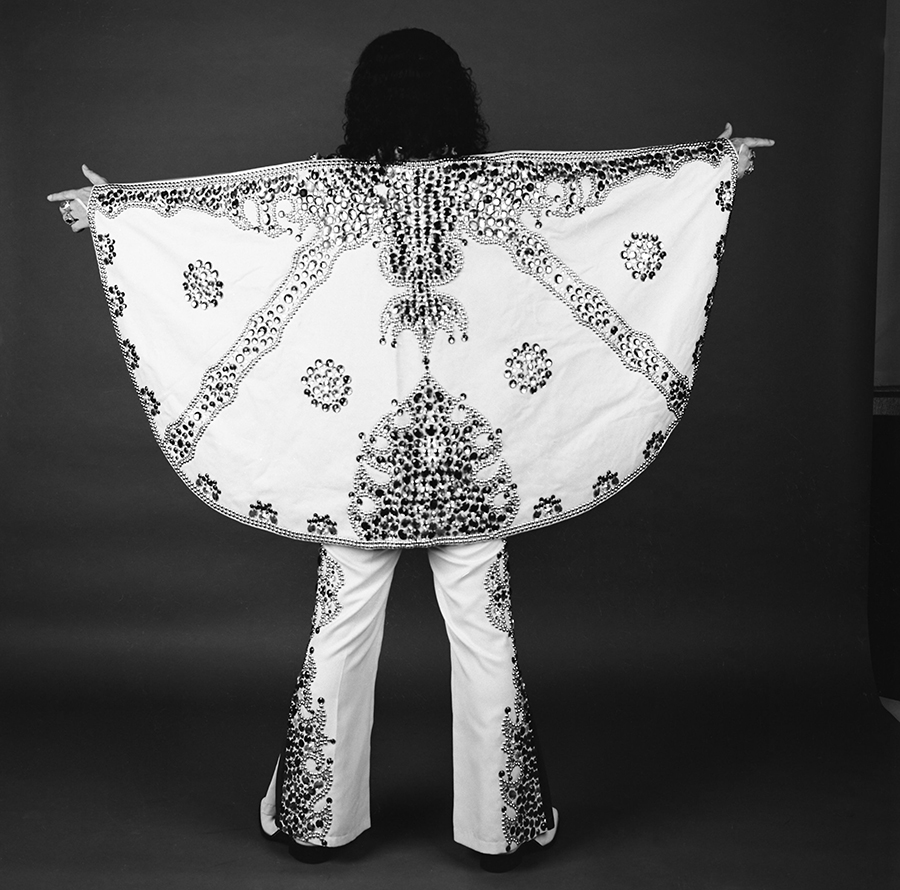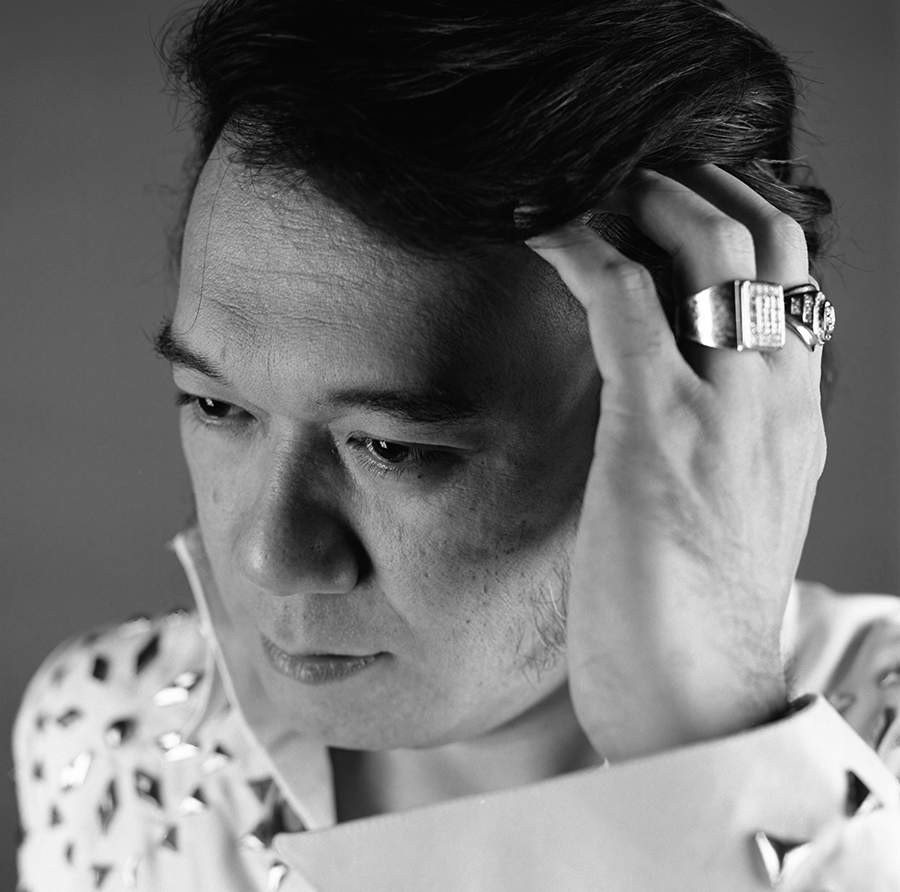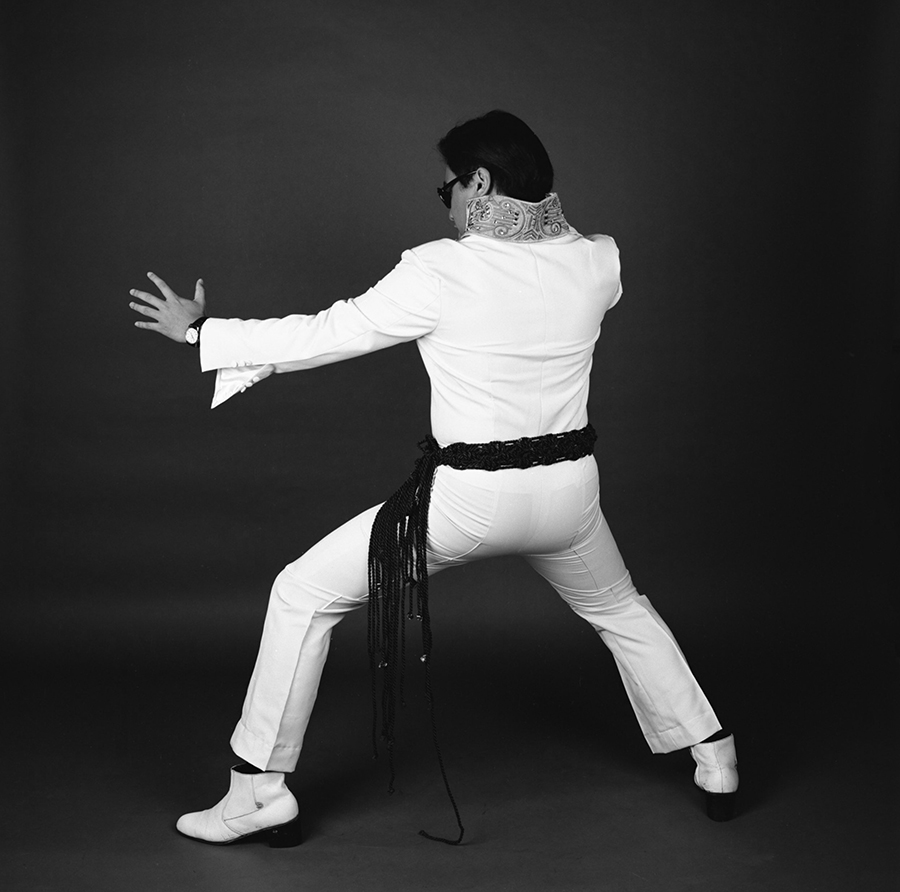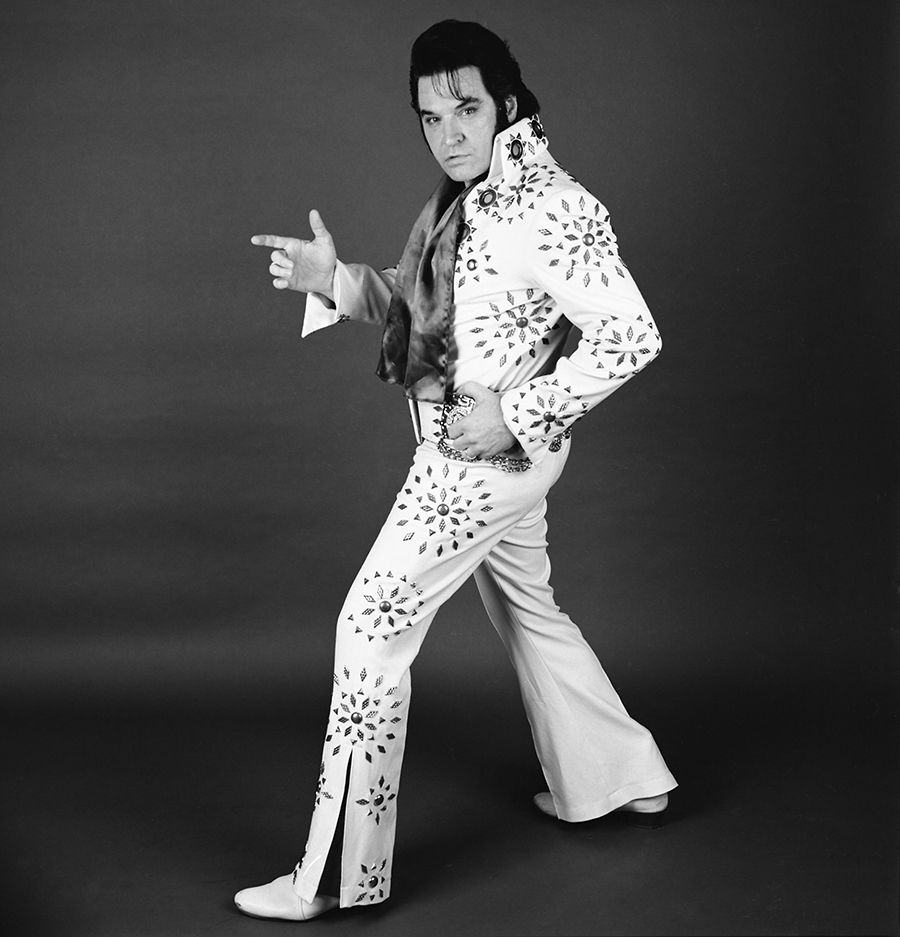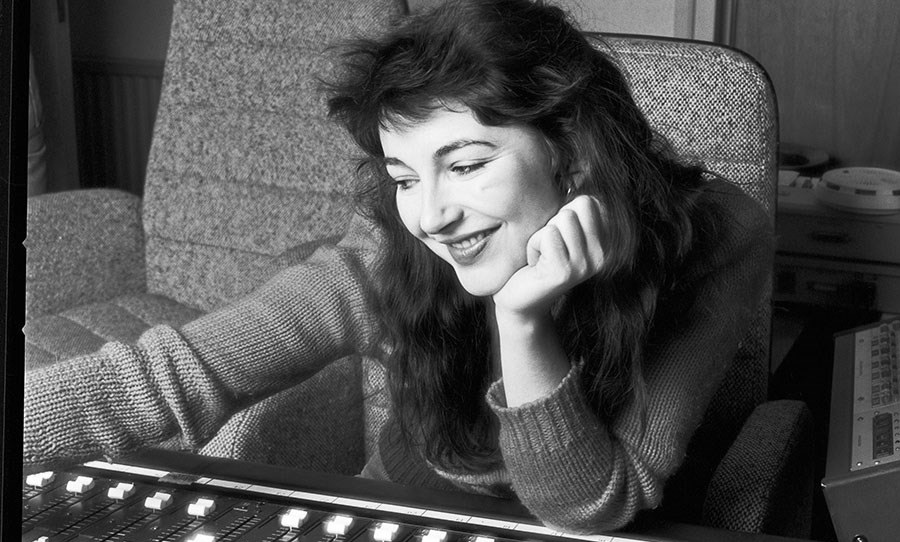Photographer Dave Carswell spent a day shooting Elvis impersonators in the Philippines. Here’s what he learned.
At his zenith, Elvis Presley was inescapable. The star permeated every level of pop culture, from film to music to advertising, gaining enough notoriety that he simply begun playing himself in Hollywood’s biggest flicks.
Though Elvis himself passed away in August 1977, his likeness has lived on throughout the media he created, and those who follow his teachings. Elvis impersonators are amongst the most dedicated tribute artists in the world, each pouring their utmost energy into their particular version of The King.
Elvis is alive, you see. He’s alive in everyone who dons the outfit, gels their hair, or mumbles a “thankyouverymuch”.
Dave Carswell, an Australian photographer currently living in Tasmania, was privy to a celebration of Elvis while he was based in the Philippines in the mid 2010s. He took a lens to these professional impersonators one day, framing them in black and white while they strutted their stuff in their blue suede shoes.
The photos, as you’ll see, are something else.
This article appears in print in Happy Mag Issue 15. Grab your copy here.
